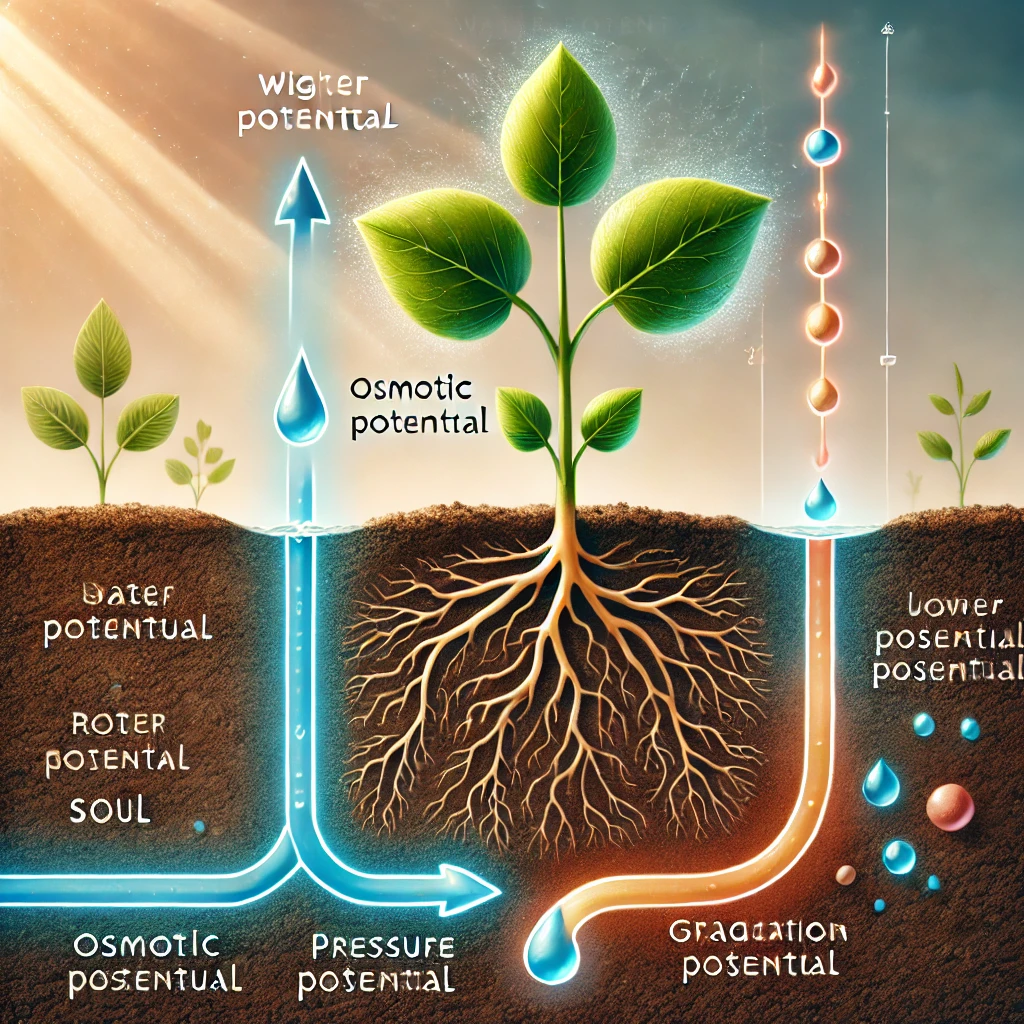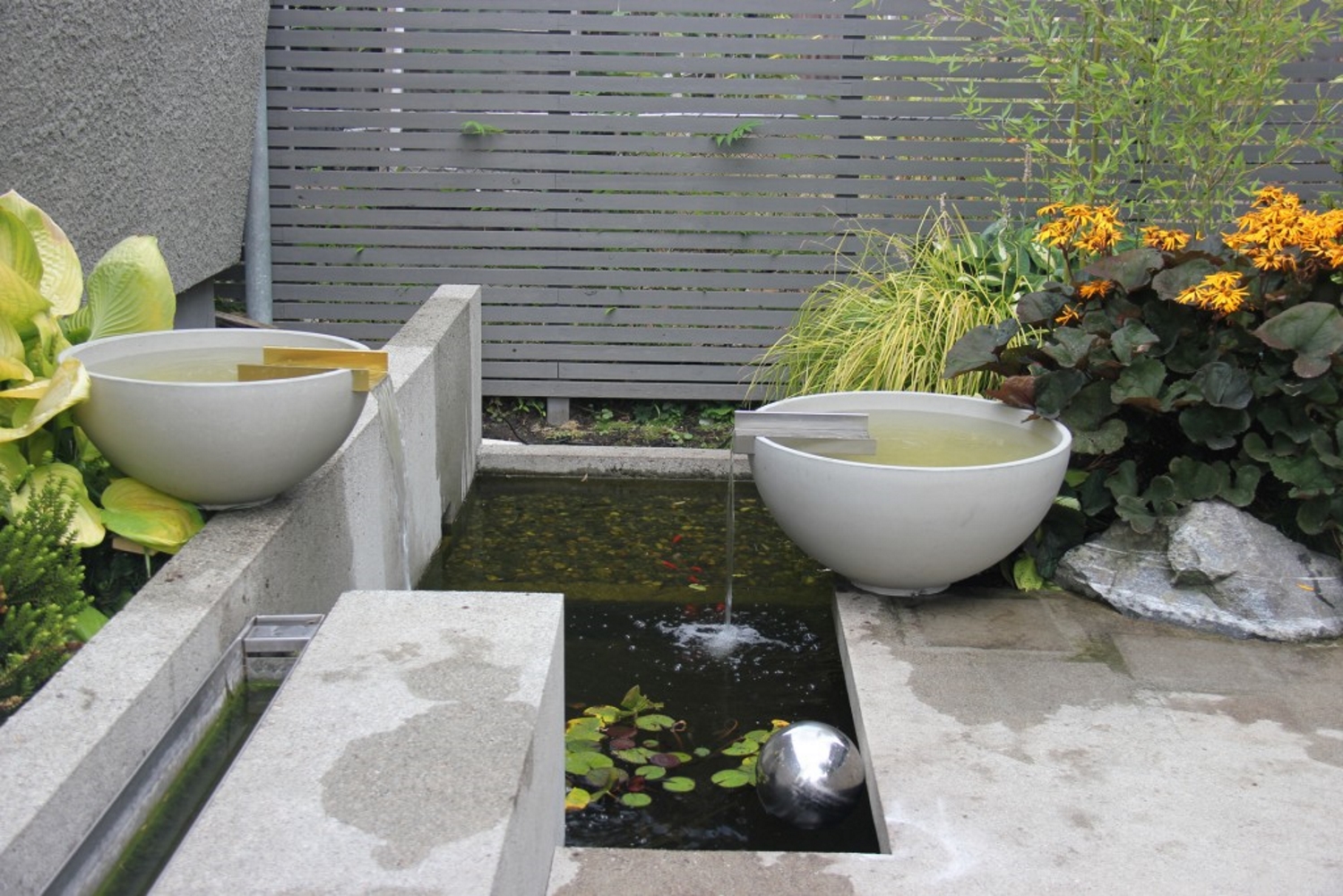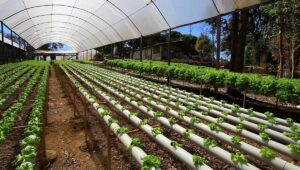A Water Potential Calculator is a tool used to measure and analyze the water potential (Ψ) of plant tissues or soil, which is crucial in understanding water movement and availability in biological and agricultural systems. Water potential is influenced by factors such as solute concentration, pressure, gravity, and matrix effects. The calculator helps determine the potential energy of water in a system, which indicates how likely water is to move from one area to another.
Water Potential Calculator
| Osmotic Potential (ψo): | |
| Pressure Potential (ψp): | |
| Hydraulic Potential (ψh): | |
| Matric Potential (ψm): | |
| Overburden Potential (ψov): | |
| Gravitational Potential (ψg): |
Total Water Potential (ψ):
Water potential is important in plant physiology because it affects processes like transpiration, nutrient uptake, and overall plant health. By calculating water potential, researchers, agronomists, and horticulturists can assess soil moisture levels, diagnose plant stress, and optimize irrigation strategies. The calculator typically uses components like solute potential (osmotic pressure), pressure potential, and matric potential to provide an accurate reading, guiding efficient water management in agriculture, landscaping, and ecological studies.

Measurement Units of Water Potential
Water potential is measured as energy density—the amount of energy per unit of volume or mass. The most common units for volumetric energy density are Joules per cubic meter (J/m³), which is equivalent to Pascal (Pa), the standard unit for pressure.
Since pressure can be measured in various units, you can use a pressure converter to easily switch between them for different applications.
In specific cases, such as pure water under standard conditions, the specific energy (J/kg) and energy density (J/m³) can be equal. This happens because 1 kilogram of water equals 1 cubic meter of water under these conditions. In this calculator, we use Pa as the unit for water potential.
Components of Water Potential
Water potential is influenced by several components, though only a few are usually relevant to a specific problem. The main components include:
- Osmotic potential: The energy required to balance a solution and pure water separated by a semipermeable membrane. It is always negative or zero. If you’re interested, check out our osmotic pressure calculator for more detailed analysis.
- Pressure potential: The hydrostatic pressure acting on water. It can be positive (inward pressure) or negative (tension). To learn more about how to compute this, refer to our hydrostatic pressure calculator.
- Pneumatic potential: External pressure applied to the liquid, which can also be positive or negative.
- Matric potential: This describes the attraction between water and a matrix, such as soil particles. Matric potential is always negative or zero, as water binds to solid surfaces.
- Overburden pressure potential: Similar to pressure potential, this accounts for the weight of the material (such as soil) above water in deeper layers. It is particularly significant in deep soils and can only be zero or positive.
- Gravitational potential: The influence of gravity on water. You can calculate this with our potential energy calculator.
How to Calculate Water Potential
To calculate water potential in plants or other systems using the water potential calculator:
- Select the relevant water potential components based on your problem. To access additional components, click on the “Additional Components” section.
- Enter the values for each component that applies, leaving any irrelevant fields blank.
- The calculator will automatically provide the final water potential value based on the components you’ve entered.
With this tool, you can easily determine water potential in various settings, whether you’re studying plant physiology, soil moisture, or other environmental factors.
How Is Water Potential Calculated?
Water potential is calculated by summing the contributions of several components. The general formula used for water potential (ψ) is:
$$[ψ = ∑ψi = ψ_o + ψ_p + ψ_h + ψ_m + ψ{ov} + ψ_g]$$
This equation combines different types of potentials commonly found in the literature, such as those from Developments in Soil Science. Each component is computed in a specific way, depending on the type of potential involved.
Components of Water Potential
1. Osmotic Potential (ψ_o)
Osmotic potential represents the energy needed to balance a solution and pure water through a semipermeable membrane. The formula for calculating osmotic potential is:
$$[ψ_o = -ν ⋅ c ⋅ X ⋅ R ⋅ T]$$
Where:
- ν = Number of ions dissociating from the solute molecule.
- c = Concentration in mol/kg.
- X = Osmotic coefficient.
- R = Gas constant (8.314 (m³⋅Pa)/(K⋅mol)).
- T = Temperature in Kelvin (K).
2. Pressure, Hydraulic, and Overburden Potentials (ψp, ψ_h, ψ{ov})
These potentials are related to various types of pressure, and their calculations follow the same formula:
$$[ψ_i = \frac{P_i}{ρ_w}]$$
Where:
- P_i = Pressure related to the specific component.
- ρ_w = Density of water.
3. Matric Potential (ψ_m)
Matric potential arises from the affinity between water and the matrix, such as soil, and is calculated using the capillary flow equation:
$$[ψ_m = -2 ⋅ \frac{σ}{r} ⋅ ρ_w]$$
Where:
- σ = Surface tension at the interface.
- r = Pore radius.
4. Gravitational Potential (ψ_g)
Gravitational potential is calculated based on the height difference from a reference point and is defined by:
$$[ψ_g = -g ⋅ z]$$
Where:
- g = Gravitational acceleration (9.81 m/s²).
- z = Height difference from the reference level.
Examples of Water Potential in Nature
Water Absorption by Seeds
Seeds, which are typically dry, require a large amount of water to germinate. Their water potential can range from -50 MPa to -350 MPa, which explains why they are so efficient at absorbing water from their environment.
Water Transport in Trees
Water transport in trees is another fascinating example of how water potential works. A tree must move water and nutrients from its roots to the leaves at the top, which could be as high as 116 meters.
The tree creates a water potential gradient: the highest potential is in the roots, and the lowest is in the leaves. The osmotic potential at the roots is higher in the soil (-0.5 MPa to -1.0 MPa), which allows water to flow into the roots. The water is then transported through the xylem to the leaves.
In dry conditions, the atmosphere has a water potential of around -100 MPa, driven by pneumatic potential. Inside the tree, the pressure potential varies from -1.2 MPa in the xylem to -3.0 MPa at the top of the tree. Additionally, gravitational potential opposes water flow by up to +1 MPa in tall trees.
At the leaves’ surface, the significant difference in water potential between the leaf cells and the atmosphere causes water to exit the leaves, allowing carbon dioxide to enter for photosynthesis. This entire process is a remarkable example of how trees have evolved to move water efficiently despite immense gravitational and environmental challenges.
Water potential in plants refers to the potential energy of water, determining the direction in which water will move through the plant. It plays a vital role in understanding how water moves within plant tissues, from the roots to the leaves, and between the plant and its surrounding environment. Water potential is essential for several physiological processes in plants, such as nutrient uptake, photosynthesis, and overall plant hydration.
Water potential (denoted as ψ, pronounced “psi”) is expressed in units of pressure, typically in Pascals (Pa) or megapascals (MPa). It is influenced by several factors, including solute concentration, pressure, and gravity. The basic principle behind water potential is that water will move from an area of higher water potential (more free energy or less negative) to an area of lower water potential (less free energy or more negative).
Components of Water Potential in Plants
Water potential is made up of different components:
- Osmotic potential (ψₒ): This is the component related to the concentration of solutes. Water flows from areas of low solute concentration (high water potential) to areas of high solute concentration (low water potential). Osmotic potential is always negative or zero.
- Pressure potential (ψₚ): This refers to the physical pressure exerted on water within the plant cells. It can be positive (turgor pressure) or negative (tension), depending on whether the plant cells are swollen or under water stress. Positive pressure inside the plant cells helps maintain rigidity and structure.
- Gravitational potential (ψg): This takes into account the height of the plant. Water in higher parts of the plant, like leaves, has lower gravitational potential compared to water in the roots.
- Matric potential (ψₘ): This refers to the tendency of water to adhere to surfaces like soil particles or cell walls, typically a negative value.
Importance in Plants
In plants, water potential is crucial for water uptake by the roots and water movement to the leaves where transpiration and photosynthesis occur. Water moves from the soil, which has a higher water potential, into the plant’s root cells, which have a lower water potential due to the presence of solutes. Once inside the plant, water is transported upward through the xylem to the leaves, driven by differences in water potential and aided by processes such as capillary action and transpiration pull.






